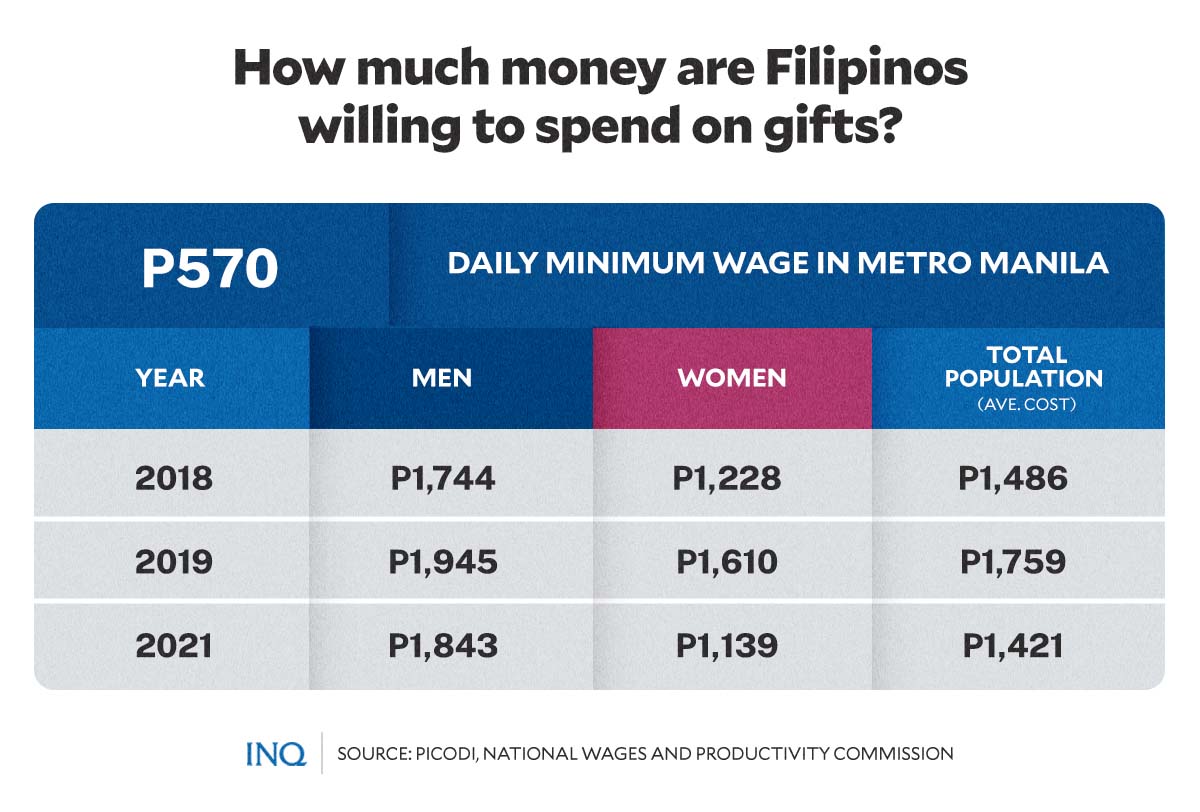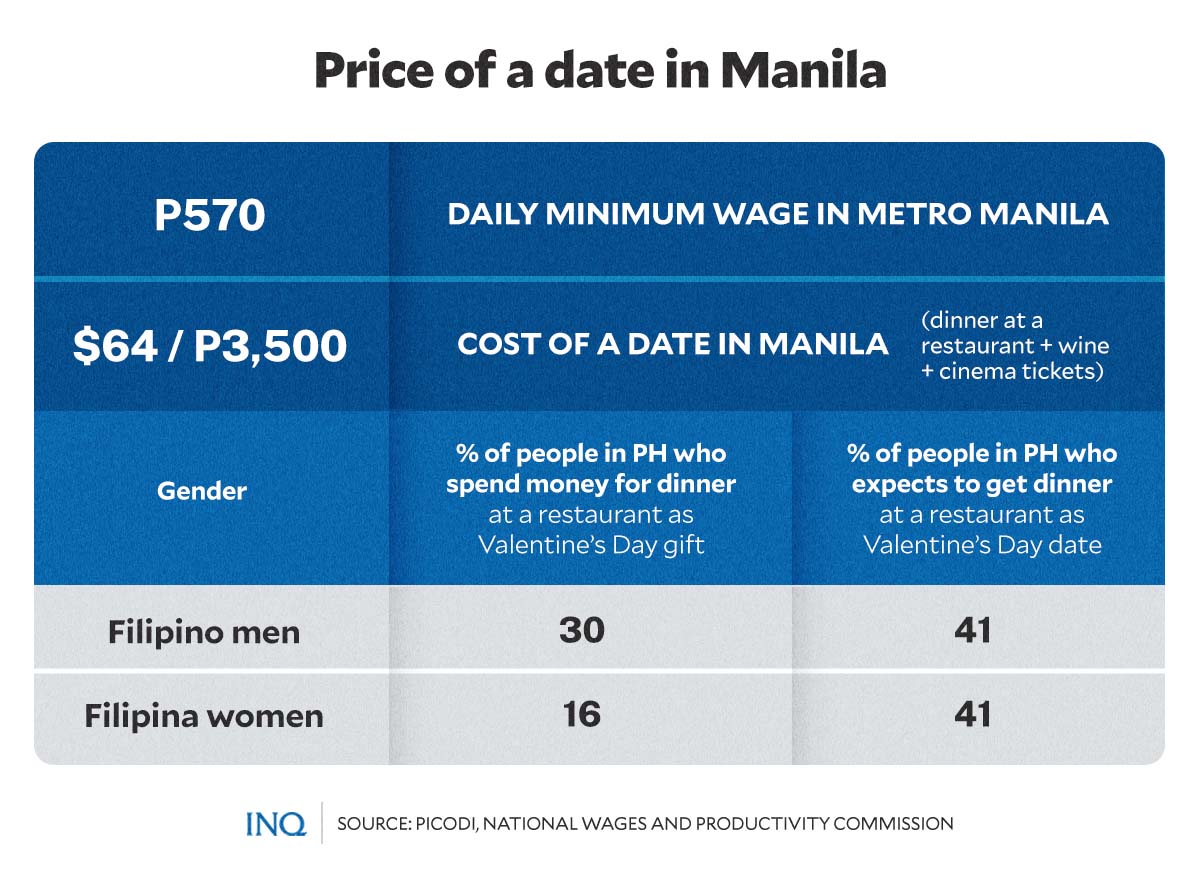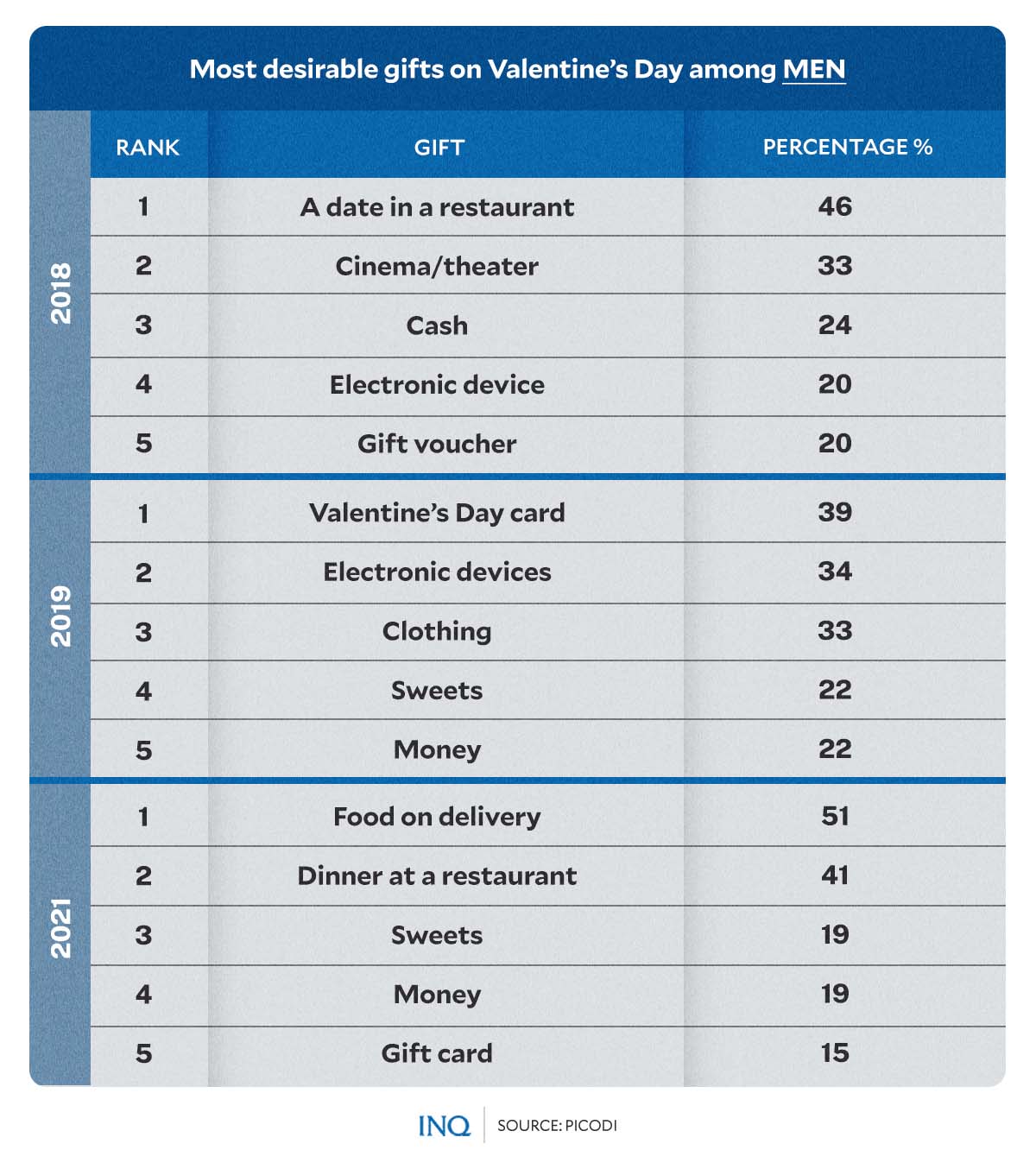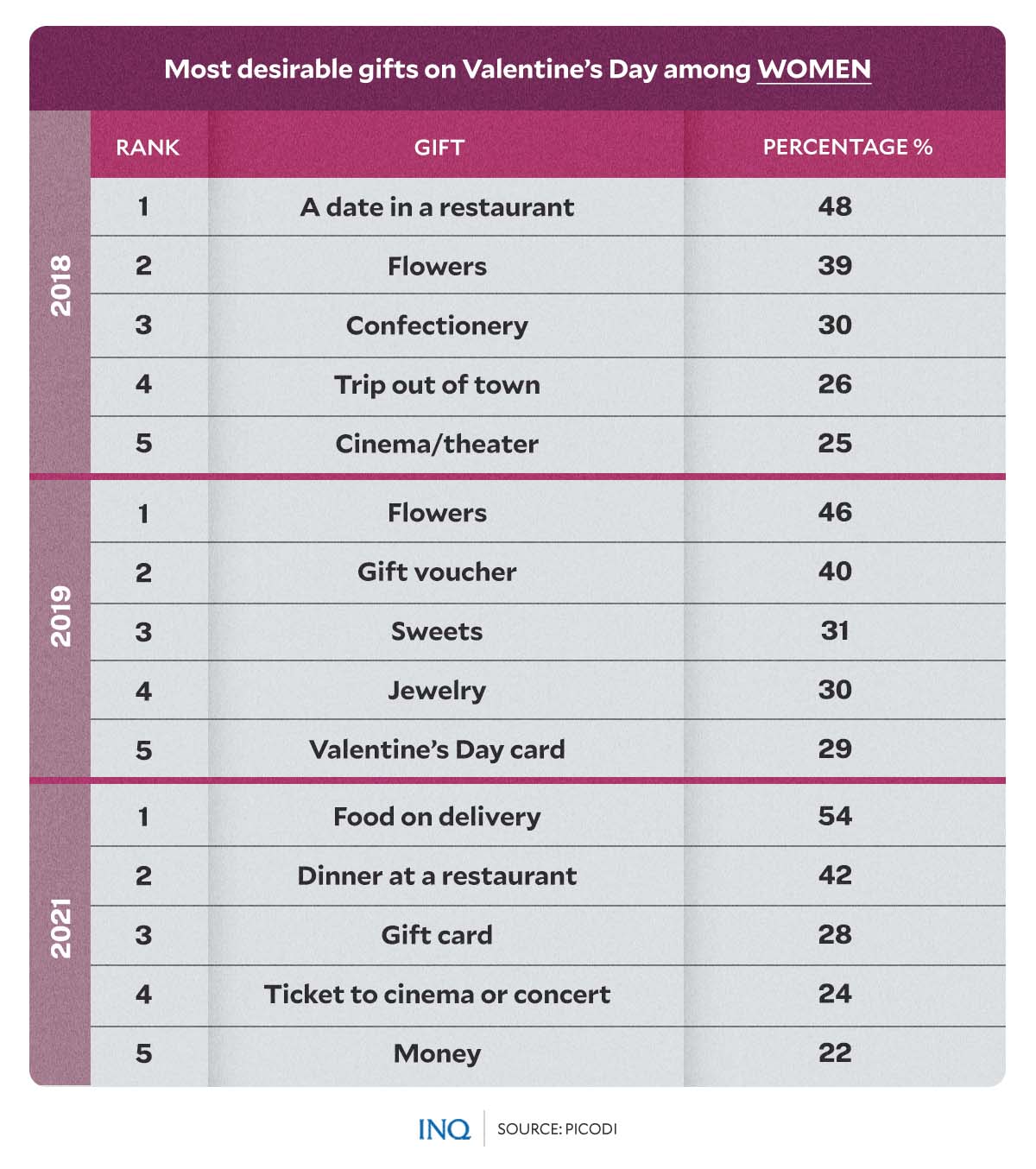The economics of Valentine’s Day: Spending out of love
MANILA, Philippines—It’s Valentine’s Day. Again, love is in the air, and depending on the gift one might receive or send, some might smell it, while some can see, touch, or taste it.
February 14 has always been a special day, although most of its history remains shrouded in mystery. However, historians have previously found that the modern romantic notion attached to the celebration hardly shares a resemblance to how it was celebrated centuries ago.
Historical accounts said that the earliest possible origin of Valentine’s Day was the pagan holiday Lupercalia—an ancient Roman festival of fertility. However, following the rise of Christianity, the festival was deemed “unChristian.”
Toward the end of the 5th century, the Catholic Church declared February 14 as St. Valentine’s Day to commemorate and celebrate the martyred Saint Valentine.
However, much about Valentine’s Day was based on competing origin stories. Encyclopedia Britannica noted that the holiday’s true origin is “vague at best.”
Article continues after this advertisement“Valentine’s Day did not come to be celebrated as a day of romance until about the 14th century,” Encyclopedia Britannica stated.
Article continues after this advertisementSame ideal gifts
Historical accounts vary on when Valentine’s Day became a commercial holiday.
According to Encyclopedia Britannica, Valentines first appeared in the form of formal messages in the 1500s, and commercially printed cards dedicated to the date were used as early as the 1700s.
Encyclopedia Britannica likewise noted that the first commercial Valentine’s cards in the United States were printed in the mid-1800s.
National Geographic said that the ever-popular tradition of giving Valentine’s Day cards started in 1415 when the Duke of Orléans sent a card—the very first Valentine’s Day card—to his wife while he was a prisoner in the Tower of London.
However, it was only in the early 1900s that cards were mass-produced for the celebration.
As years go back, other traditional gifts for this holiday—aside from printed Valentine cards—included candy and flowers.
A study from data analysis website Picodi.com showed that many people still choose to give their significant other traditional Valentine’s Day gifts.
Data from the 2021 study revealed that 15 percent of Filipino men preferred to buy flowers, and 16 percent would get sweets as Valentine’s gifts. At least 10 percent of Filipino women chose to give sweets, while 9 percent decided on Valentine’s Day cards.
The study also recorded other ideal gifts among Filipinos of both genders, which include tickets to cinema or concerts, dinner at a restaurant, and food on delivery.
Meeting expectations
While some Filipinos still opt for customary Valentine’s gifts, the list of what some Filipinos expect to receive has somewhat adapted to changing times.
When the same study by Picodi.com asked what gifts Filipinos expected to get from their significant others, among the most desired gifts identified by female respondents were food on delivery (54 percent), dinner at a restaurant (42 percent), gift card (28 percent), tickets to cinema or concert (24 percent), and money (22 percent).
As for the men, the most expected option was food on delivery (41 percent), dinner at a restaurant (41 percent), sweets (19 percent), money (19 percent), and gift cards (15 percent).
The results were from an online survey in January 2021, when different areas nationwide were still under lockdowns or strict quarantine measures.
Respondents for similar surveys conducted before the COVID-19 pandemic notably did not include food on delivery and dinner at a restaurant as their most desired gifts for Valentine’s Day.
Spending more on gifts
As former National Economic and Development Authority (NEDA) director-general Cielito Habito wrote in a 2017 column published on INQUIRER.net, as time passes by, Valentine’s Day has become “an occasion less about loving and more about spending and profits.”
READ: Economics of love and Valentine’s Day
Previous surveys showed that around 30 percent of Filipino men and 16 percent of women said they would spend money for dinner at a restaurant during Valentine’s Day.
Last year, Picodi.com estimated that a dinner for two in a mid-price restaurant with wine and cinema screening costs $64 or over P3,000—an equivalent of at least six days’ worth of minimum wage in Metro Manila.
The website also found that, on average, Filipinos spent up to P1,421 on Valentine’s gifts in 2021.




